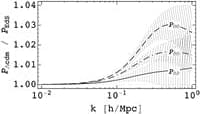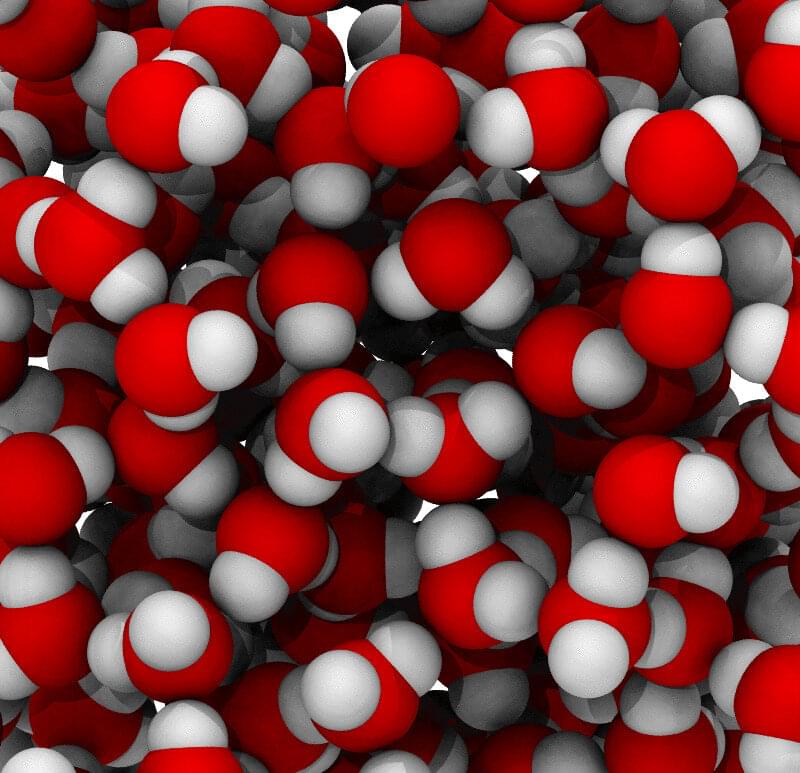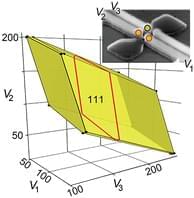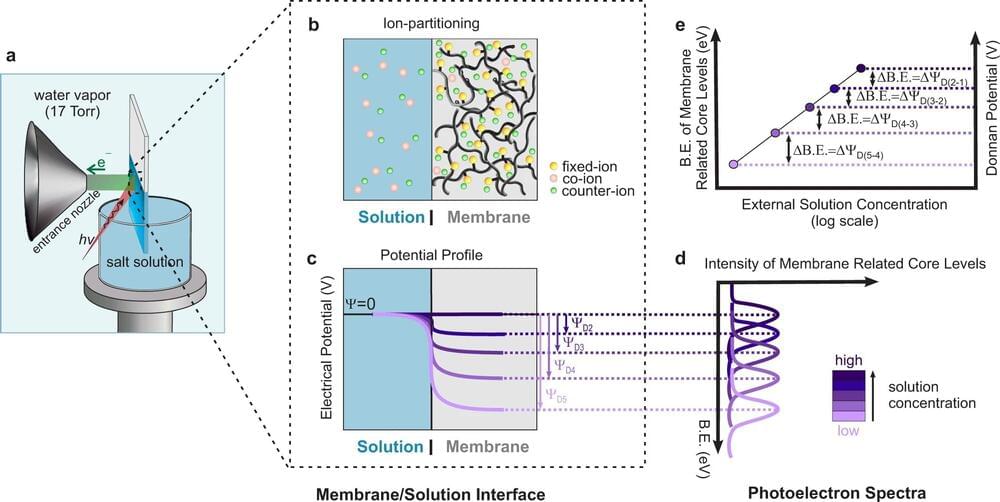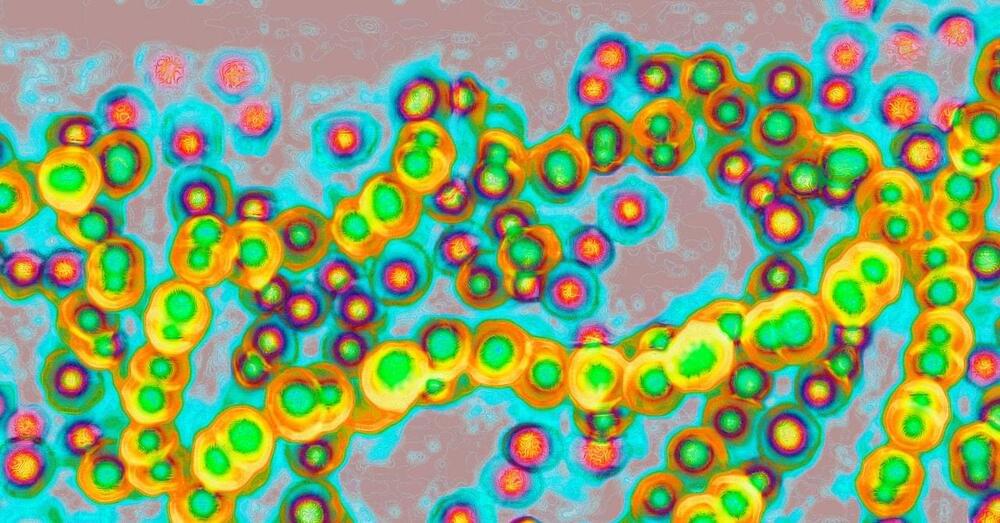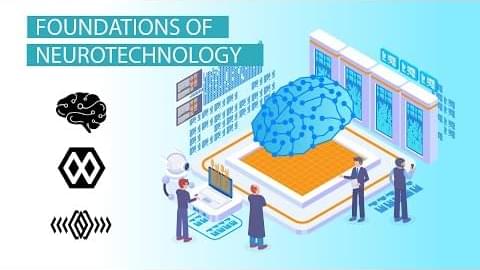The large-scale structure (LSS) of the Universe is obviously nonlinear and very complicated. However, the scale of onset of nonlinearity is well separated from the size of the Universe which makes a large portion of the structure formation modes accessible to perturbation theory (PT). The latter is itself complicated by the time dependence of the lambdaCDM background. The authors provide an exact all-order recursive solution for the PT kernels, which allows them to go beyond the Einstein-de Sitter approximation for the time dependence, and quantify the deviation at the two-loop level in the 10% range, a deviation detectible with upcoming observations.
Water has puzzled scientists for decades. For the last 30 years or so, they have theorized that when cooled down to a very low temperature like-100C, water might be able to separate into two liquid phases of different densities. Like oil and water, these phases don’t mix and may help explain some of water’s other strange behavior, like how it becomes less dense as it cools.
It’s almost impossible to study this phenomenon in a lab, though, because water crystallizes into ice so quickly at such low temperatures. Now, new research from the Georgia Institute of Technology uses machine learning models to better understand water’s phase changes, opening more avenues for a better theoretical understanding of various substances. With this technique, the researchers found strong computational evidence in support of water’s liquid-liquid transition that can be applied to real-world systems that use water to operate.
“We are doing this with very detailed quantum chemistry calculations that are trying to be as close as possible to the real physics and physical chemistry of water,” said Thomas Gartner, an assistant professor in the School of Chemical and Biomolecular Engineering at Georgia Tech. “This is the first time anyone has been able to study this transition with this level of accuracy.”
The relentless pursuit of success is valorised in our culture, but taking the long way around is often the best by Cody Delistraty + BIO.
In spin-based quantum processors, each quantum dot of a qubit is populated by exactly one electron, which requires careful tuning of each gate voltage such that it lies inside the charge-stability region (the “Coulomb diamond’‘) associated with the dot array. However, mapping the boundary of a multidimensional Coulomb diamond by traditional dense raster scanning would take years, so the authors develop a sparse acquisition technique that autonomously learns Coulomb-diamond boundaries from a small number of measurements. Here we have hardware-triggered line searches in the gate-voltage space of a silicon quadruple dot, with smart search directions proposed by an active-learning algorithm.
Astronomers searching for radio signals that could be signs of extraterrestrial life have just gained access to South Africa’s MeerKAT telescope.
The Donnan electric potential arises from an imbalance of charges at the interface of a charged membrane and a liquid, and for more than a century it has stubbornly eluded direct measurement. Many researchers have even written off such a measurement as impossible.
But that era, at last, has ended. With a tool that’s conventionally used to probe the chemical composition of materials, scientists at the Department of Energy’s Lawrence Berkeley National Laboratory (Berkeley Lab) recently led the first direct measurement of the Donnan potential.
“We were naïve enough to believe we could do the impossible,” said Ethan Crumlin, a staff scientist at Berkeley Lab’s Advanced Light Source (ALS), which generated the bright X-rays used in the experiment. Crumlin and his collaborators recently reported the measurement in Nature Communications.
A single particle has no temperature. It has a certain energy or a certain speed—but it is not possible to translate that into a temperature. Only when dealing with random velocity distributions of many particles does a well-defined temperature emerge.
How can the laws of thermodynamics arise from the laws of quantum physics? This is a topic that has attracted growing attention in recent years. At TU Wien (Vienna), this question has now been pursued with computer simulations, which showed that chaos plays a crucial role: Only where chaos prevails do the well-known rules of thermodynamics follow from quantum physics.
The US is more alert to the risks of strep infections, but the UK has better data. It’s not clear which makes more difference in controlling disease.
Foundations of Neurotechnology
Posted in neuroscience
Foundations of neurotechnologies BCIs.
Share your videos with friends, family, and the world.
